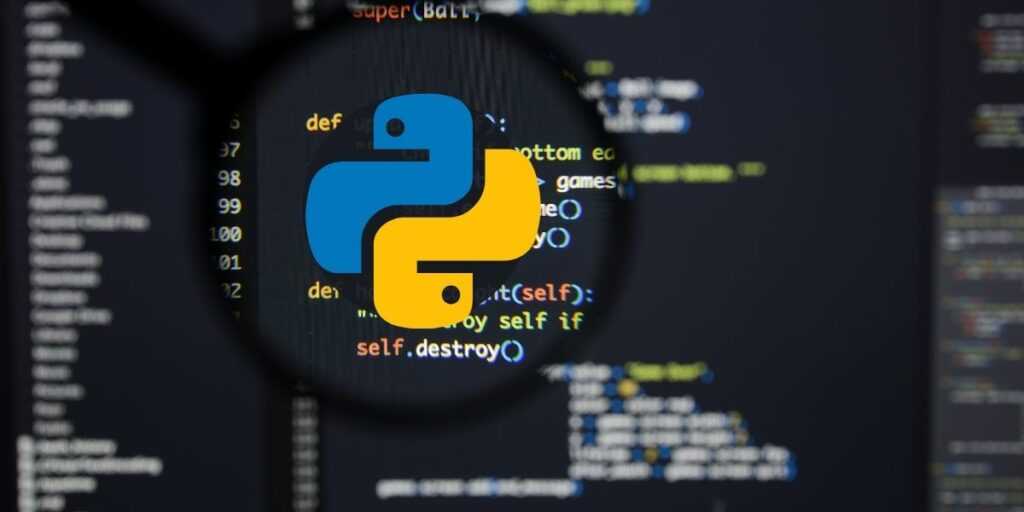Personal Career & Learning Guide for Data Analyst, Data Engineer and Data Scientist
Python is a popular programming language that is widely used in the field of business analytics. One of the key features of Python is the ability to compare data and make decisions based on the result. This is known as comparisons.
Comparisons allow you to analyze data and to determine if certain conditions are met. In Python, you can compare values, such as numbers or strings, and make decisions based on the result.
For example, you can use comparisons in business analytics to analyze sales data and to determine if a certain product is selling well. By using comparisons, you can process data in an efficient manner and make informed decisions based on the data you have collected.
In Python, there are several comparison operators that you can use to compare data, including:
- Equal to (==)
- Not equal to (!=)
- Less than (<)
- Less than or equal to (<=)
- Greater than (>)
- Greater than or equal to (>=)
By using these comparison operators, you can compare values and determine if certain conditions are met. For example, you can use the equal to operator (==) to determine if two values are equal, and the not equal to operator (!=) to determine if two values are not equal.
In addition to basic comparisons, Python also provides advanced comparison operators, such as the “in” operator, which allows you to determine if a value is contained within a set of values.
In a nutshell, I would like to say that, comparisons are an essential part of Python for business analytics. They allow you to analyze data, make decisions, and draw meaningful conclusions from the data you have collected. Whether you are working with large datasets or small sets of data, comparisons are a powerful tool that can help you to achieve your business goals. By understanding comparisons and the different comparison operators in Python, you can write more efficient and effective code that accurately reflects your business needs.
Python for Business Analytics – Chapter 15: Comparisons
 Loading...
Loading...
Latest end-to-end Learn by Coding Projects (Jupyter Notebooks) in Python and R:
All Notebooks in One Bundle: Data Science Recipes and Examples in Python & R.
End-to-End Python Machine Learning Recipes & Examples.
End-to-End R Machine Learning Recipes & Examples.
Applied Statistics with R for Beginners and Business Professionals
Data Science and Machine Learning Projects in Python: Tabular Data Analytics
Data Science and Machine Learning Projects in R: Tabular Data Analytics
Python Machine Learning & Data Science Recipes: Learn by Coding
R Machine Learning & Data Science Recipes: Learn by Coding
Comparing Different Machine Learning Algorithms in Python for Classification (FREE)
There are 2000+ End-to-End Python & R Notebooks are available to build Professional Portfolio as a Data Scientist and/or Machine Learning Specialist. All Notebooks are only $29.95. We would like to request you to have a look at the website for FREE the end-to-end notebooks, and then decide whether you would like to purchase or not.
